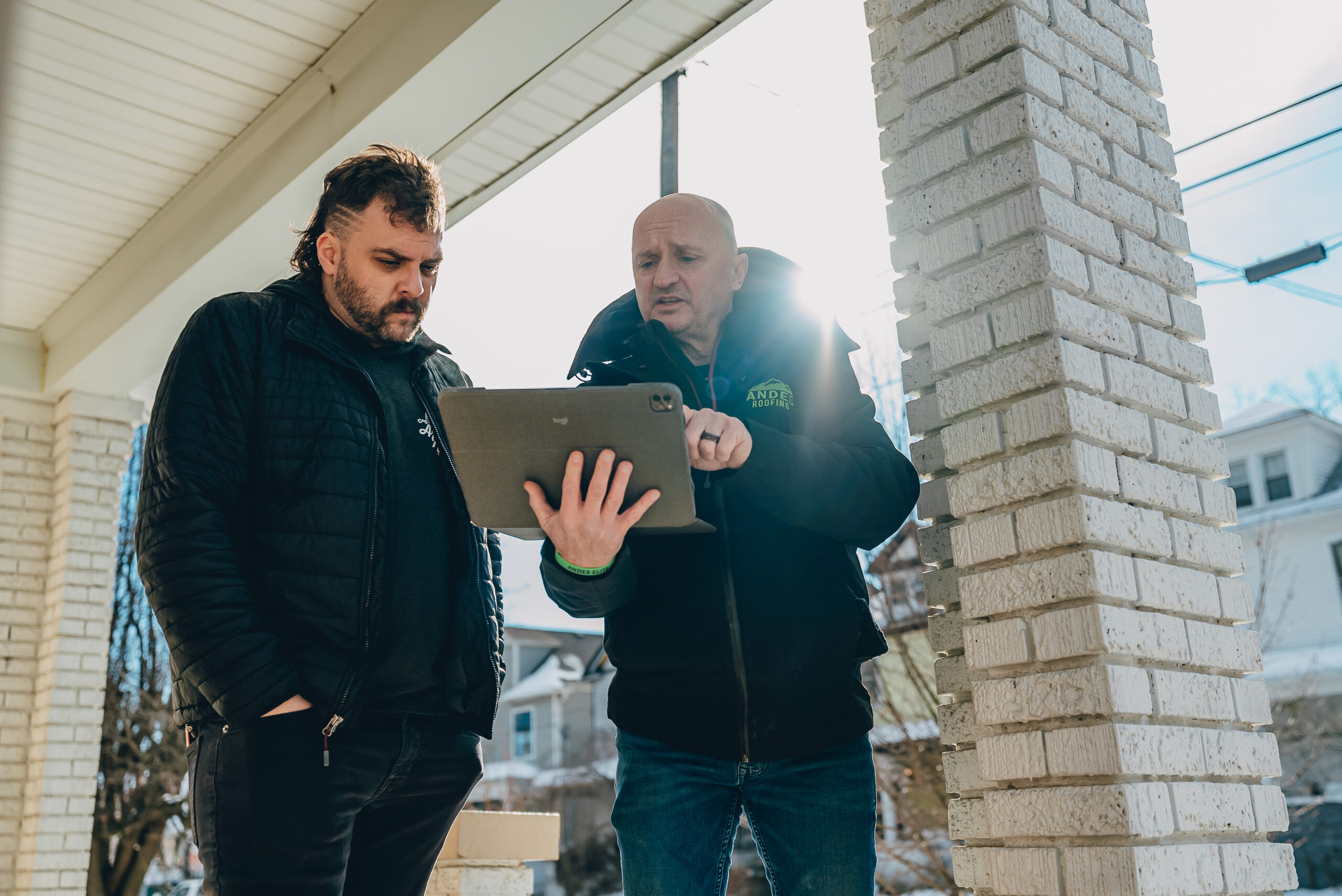The crisp fall air and vibrant October leaves often come with unpredictable weather, including storms that can damage your home, especially your roof. When storm damage occurs, quick and effective measures are necessary to protect your property. This comprehensive guide is aimed at empowering homeowners with critical information. Specifically, we’ll focus on why it’s vital to call a roofer like Andes Roofing before reaching out to your insurance company, especially if you’re in Louisville, KY.
Understanding Storm Damage and Its Impact on Roofs
The Nature of Storm Damage
Fall storms, particularly during October, can bring heavy winds and rains that lead to significant roof damage. Storm damage can manifest in various ways, from broken shingles to leaky roofs. Severe storms can also cause structural damage that could compromise the integrity of the entire building, just as colder weather starts creeping in.
Types of Roof Damage
- Shingle Damage: Autumn winds, especially those accompanying October storms, can cause shingles to crack or become loose.
- Leakages: October rains can penetrate through damaged areas, leading to internal leaks that could worsen as the season progresses.
- Structural Damage: Extreme weather conditions, such as the unpredictable fall storms in Louisville, may weaken or break essential structural elements, leaving your home vulnerable as winter approaches.
Why Call Andes Roofing First: The Professional Assessment
Immediate Inspection and Roof Repair Louisville, KY
As October brings its share of stormy weather, calling Andes Roofing immediately ensures a thorough inspection and timely repairs before the colder months set in, which is vital in these circumstances.
Accurate Damage Assessment
Professional roofers at this Louisville roofing company can provide an accurate and detailed damage assessment, allowing homeowners to make informed decisions on repair or replacement before the unpredictable weather of late fall worsens the situation.
Evidence for Insurance Claims
Roofing experts document all damages, including photographs and detailed reports, which are particularly vital when filing an insurance claim after a fall storm. With October being the start of a busy season for both roofers and insurance companies, acting swiftly is key.
Interacting with Your Insurance Company
When to Contact Insurance
Once your roofer has assessed and documented the damage, it is then appropriate to contact your insurance company. With fall being a common time for weather-related claims, having everything prepared will save you time during a potentially busy season for adjusters.
How to Approach the Claim
Your roofer’s detailed report will be invaluable when interacting with the insurance adjuster, ensuring you receive fair compensation for all damages, especially before harsher weather arrives later in the season.
A Comprehensive Guide to Selecting a Professional Roofer
Experience and Expertise
Make sure your roofer has significant experience with storm damage repair. Fall storms are unpredictable, and a roofer familiar with October weather patterns will be better equipped to address your needs. Check reviews, ask for references, and verify their credentials.
Quality of Materials
Ensure that your roofer uses high-quality materials that can withstand the local weather conditions, including those chilly, stormy nights that October often brings.
Cost and Warranty
Discuss costs transparently and understand the warranty conditions for both materials and workmanship, especially as fall gives way to winter.
Conclusion
Fall storm damage is an urgent issue that requires professional attention, and October is the perfect reminder to take action before winter sets in. By calling Andes Roofing before your insurance company, you ensure immediate action, accurate assessments, and a strong foundation for your insurance claims. Collaboration between you, your roofer, and your insurance company will yield the best results, protecting your investment in your home. Remember, acting quickly and making informed decisions is the key to turning a potential catastrophe into a manageable situation—especially as the colder months approach.






